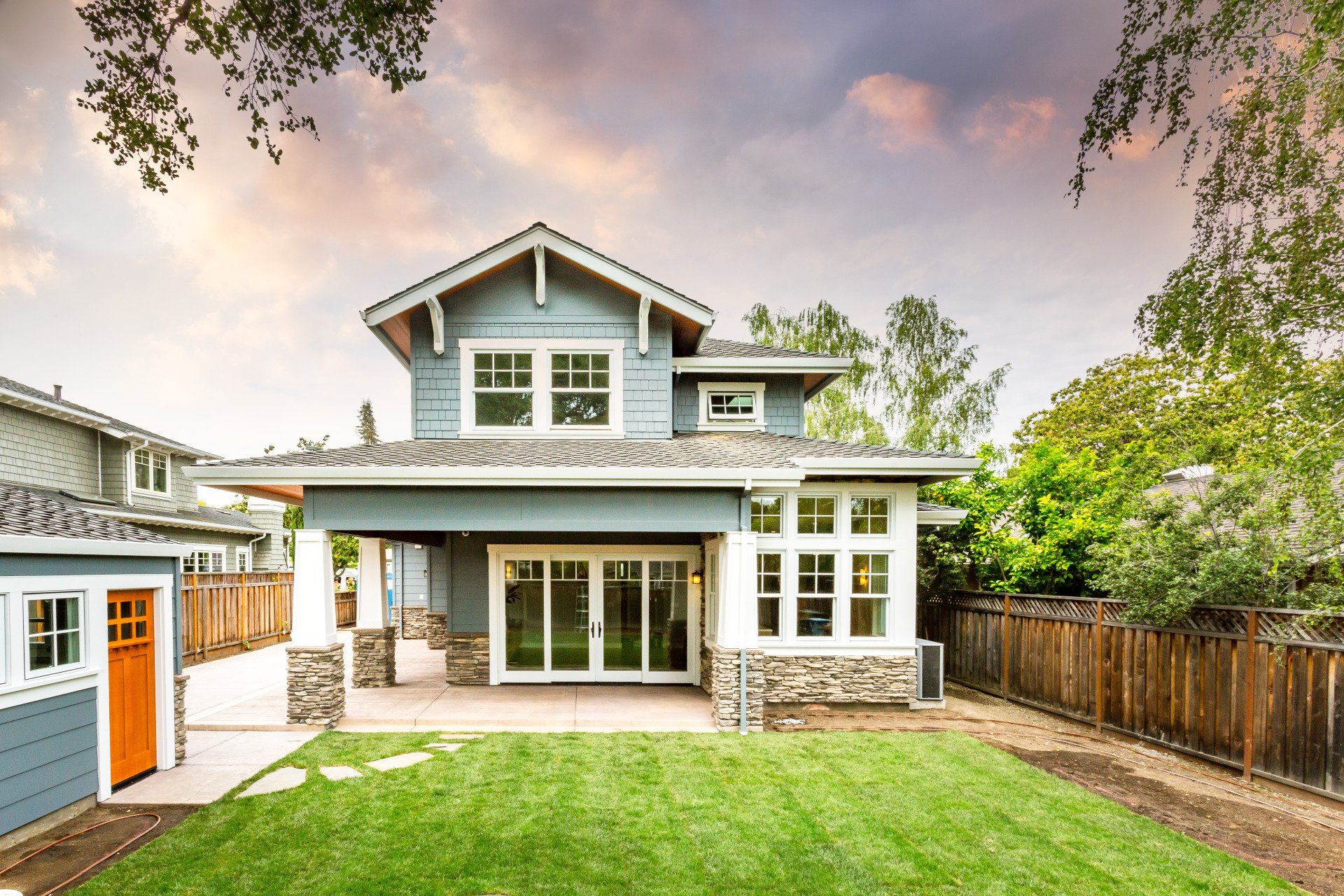Building a custom home requires a lot of planning, research, and decision-making to ensure that the final product is exactly what you want. In this article, we will explore the general process of building a custom home.
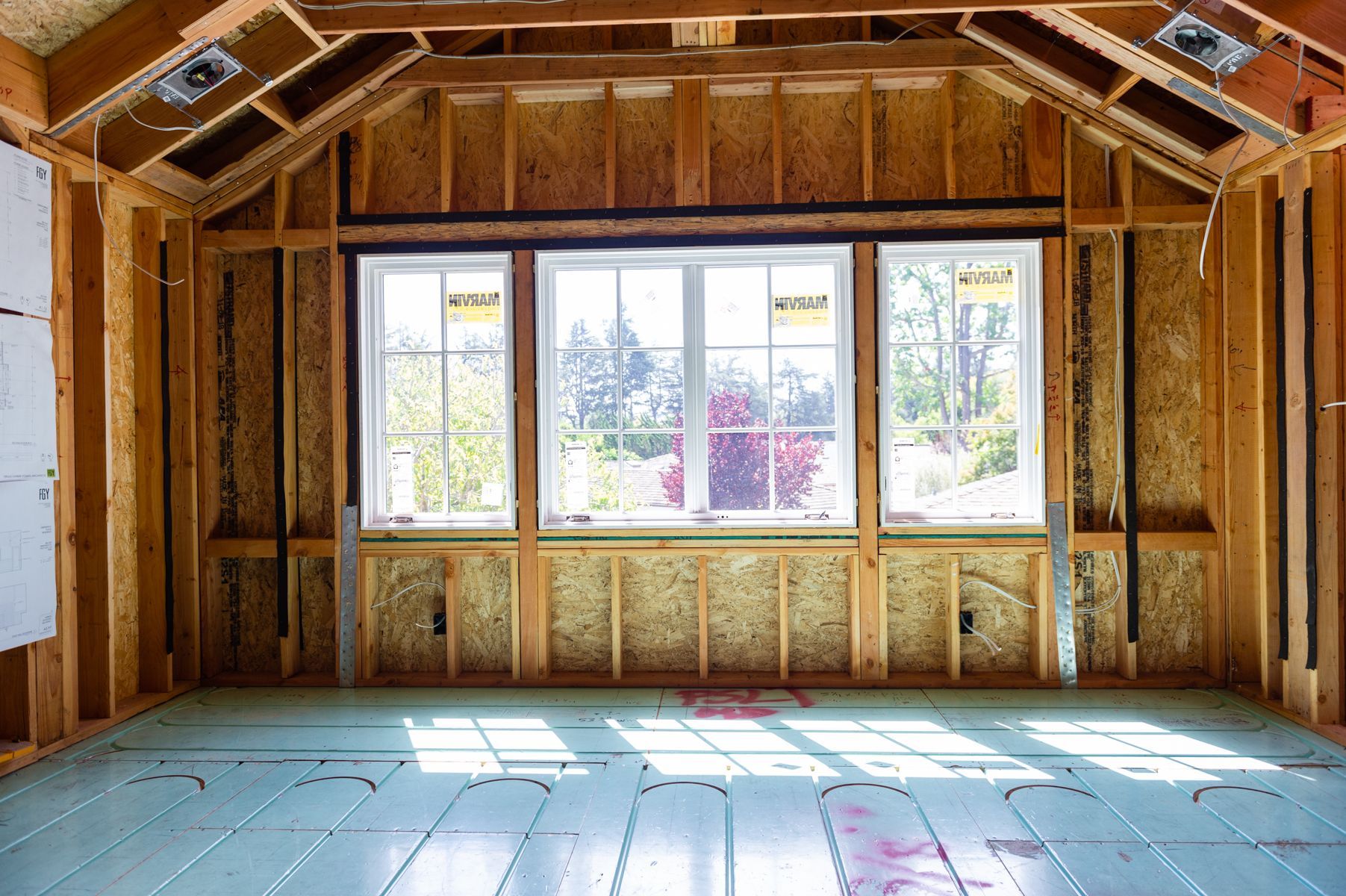
Planning and Design
The first step in building a custom home is planning and design. This is the stage where you work with an architect or designer to create a blueprint for your dream home. You'll need to consider the size, layout, style, and any specific features you want to include. This is also the time to set a budget and determine your financing options.
To help keep your project on track regarding time and budget, it’s important to have your selections like paint, cabinets, plumbing fixtures, tile and stone, etc., finalized at the beginning of construction, if not before. Unmade decisions and material lead times can often delay a project from moving on to the next phase and even bring the project to a full stop. Having all of your material choices picked out before construction may seem overwhelming, but by doing so, you’ll eliminate stress down the road and be able to fully enjoy the process of building your home.
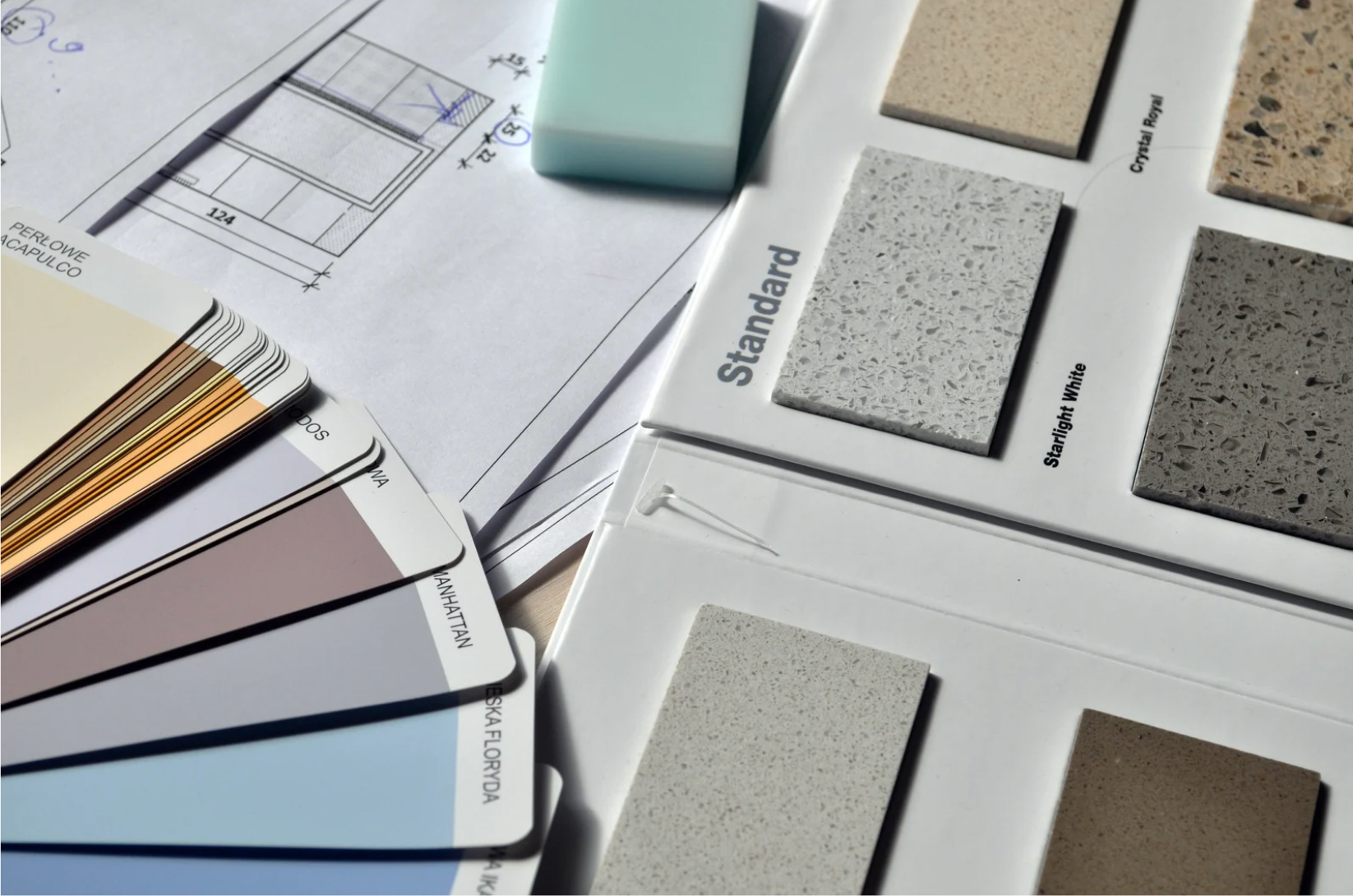
Finding a Builder
Once you have your plans and budget in place, it's time to find a builder. Look for a reputable contractor who has experience building custom homes and is familiar with the local building codes and regulations. Check their references, portfolio, and reviews on websites like Google and Houzz to ensure they have a good reputation in the industry.
Building a home is a significant investment that requires trust and communication between the builder and the homeowner. You'll be working closely with the builder throughout the process, and it's crucial to have a good working relationship. When you get along with your builder, you're more likely to have open and honest communication, which can help avoid misunderstandings and delays.
A trustworthy builder will be transparent about their process and costs and will keep you informed throughout the project. They will also have a good track record of delivering on their promises and meeting deadlines. When you trust your builder, you can have peace of mind knowing that they will work in your best interests and make decisions that are in line with your goals, which makes the home-building process smoother, more enjoyable, and ultimately more successful.
Site Preparation
Before construction can begin, the site must be prepared. This includes sewer, water, and gas disconnect(if the property has an existing house). You will also need tree protection, erosion control, temporary water, and power. It's also essential to ensure that the demo, house, and other permits are obtained before construction begins.
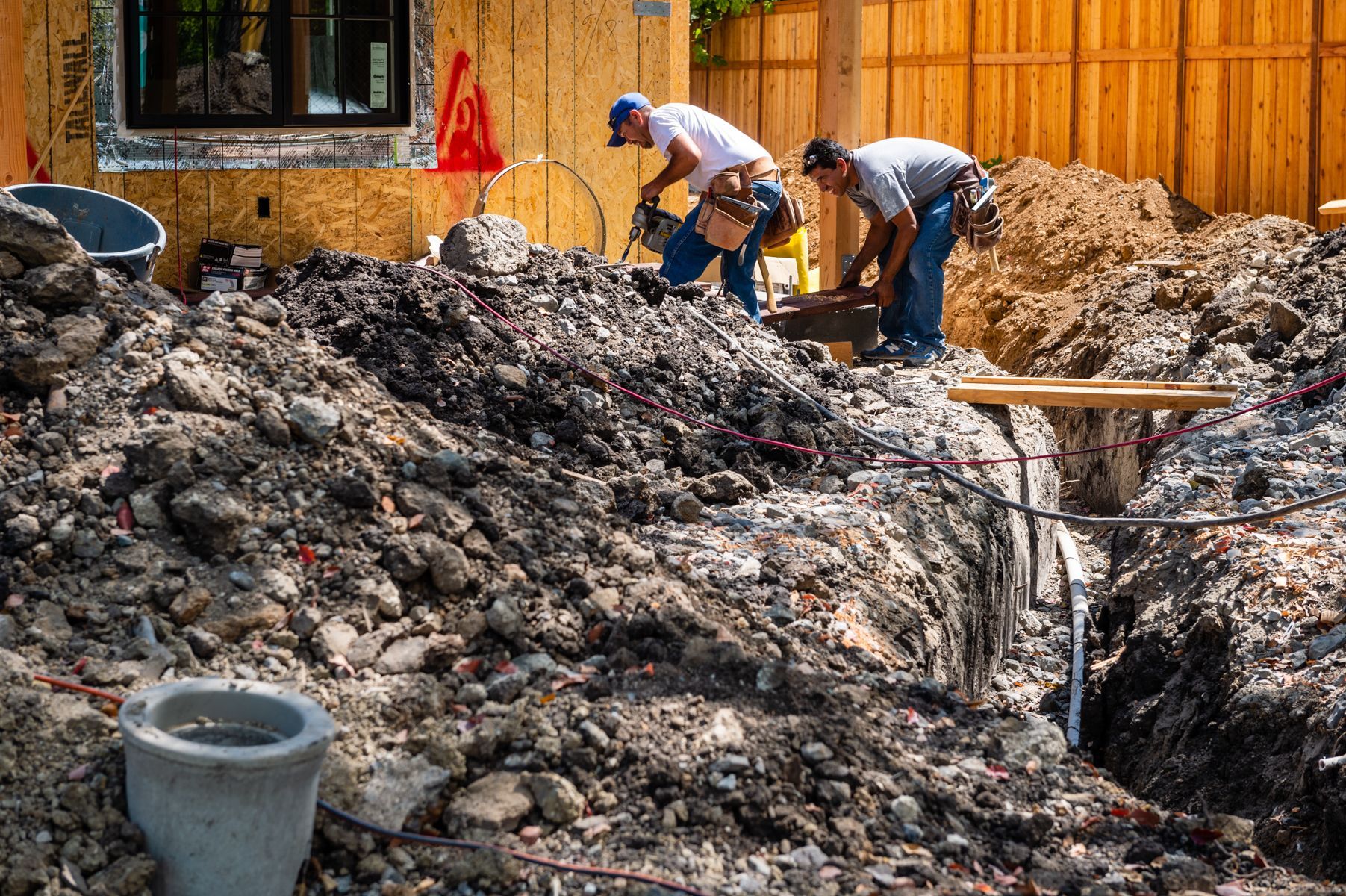
Construction
The construction process is where your dream home starts to take shape. The builder will begin by pouring the foundation, framing the structure, and installing the roof. Once the structure is in place, the builder will move on to interior and exterior finishes such as drywall, paint, flooring, and cabinetry. You should be communicating with your builder, designer, and architect at least on a weekly basis to go over any questions and unmade decisions.
Inspections and Permits
Throughout the construction process, there will be various inspections to ensure that everything is up to code. These inspections will cover the foundation, electrical and plumbing work, and other aspects of the construction. Once all inspections are passed, the builder will obtain the necessary permits to finalize the project.
Final Walkthrough and Closing
Before you move into your new home, you'll have a final walkthrough with the builder to ensure that everything is in order. Any issues or concerns can be addressed at this time. Your builder will create a punch list of any unfinished work or adjustments that need to be made. Once you're satisfied, the home will be yours.
Warranty Work
Warranty work assures homeowners that any defects or issues with their newly constructed home will be covered for a specified period. Typically, a builder will offer a one-year warranty on materials and workmanship, and some may offer extended warranties for structural defects. If any problems arise during the warranty period, the builder will be responsible for repairing or replacing the affected parts of the home.
Homeowners should document any issues and contact the builder as soon as possible to ensure that the problem is addressed promptly. It's essential to read the warranty carefully and understand what is and isn't covered to avoid any misunderstandings.
Building a custom home can be a rewarding process, but it requires careful planning and attention to detail. By understanding these steps and working with a trusted builder, you can not only create your dream home but also embrace and enjoy the experiences along the way!
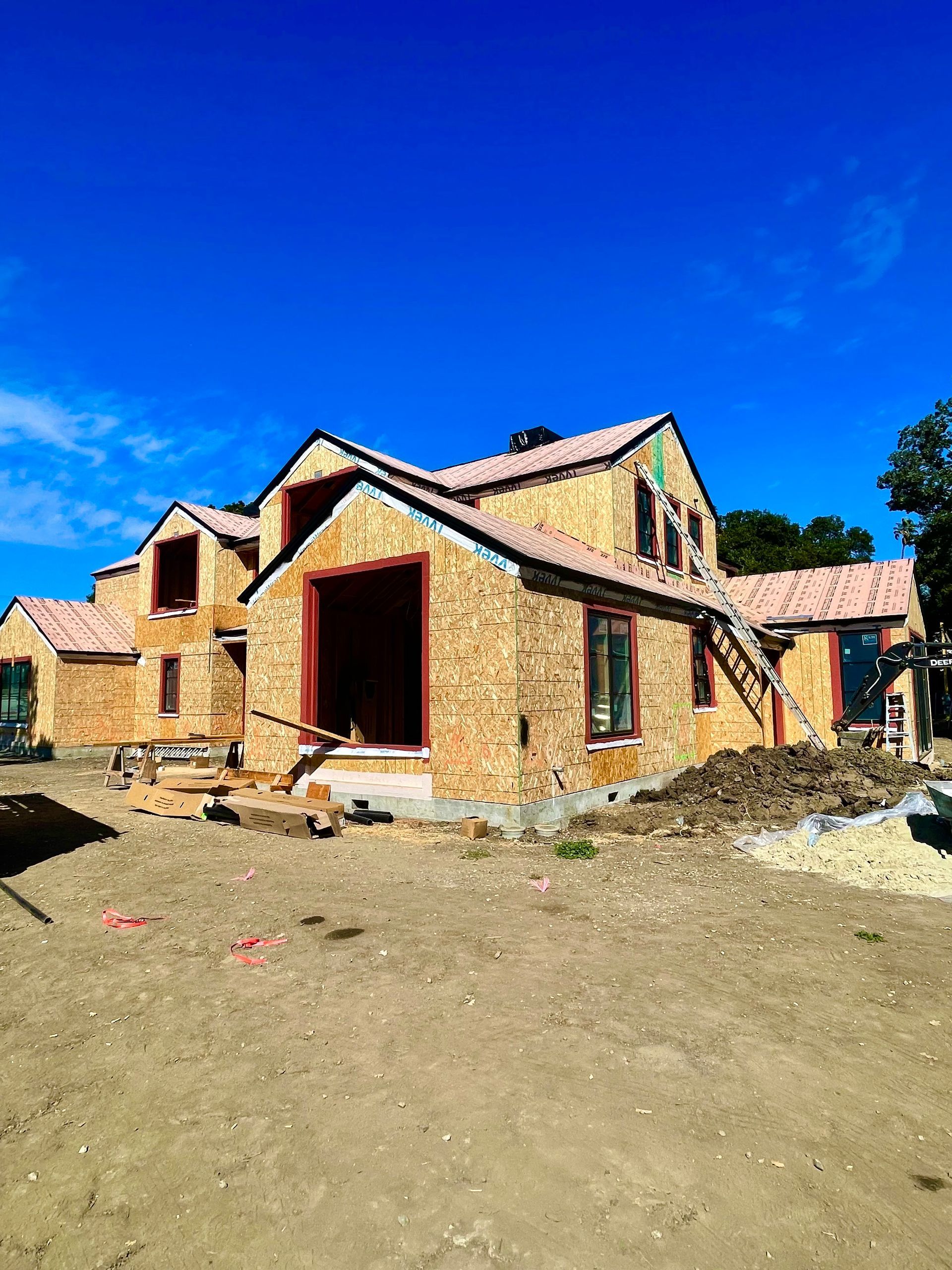
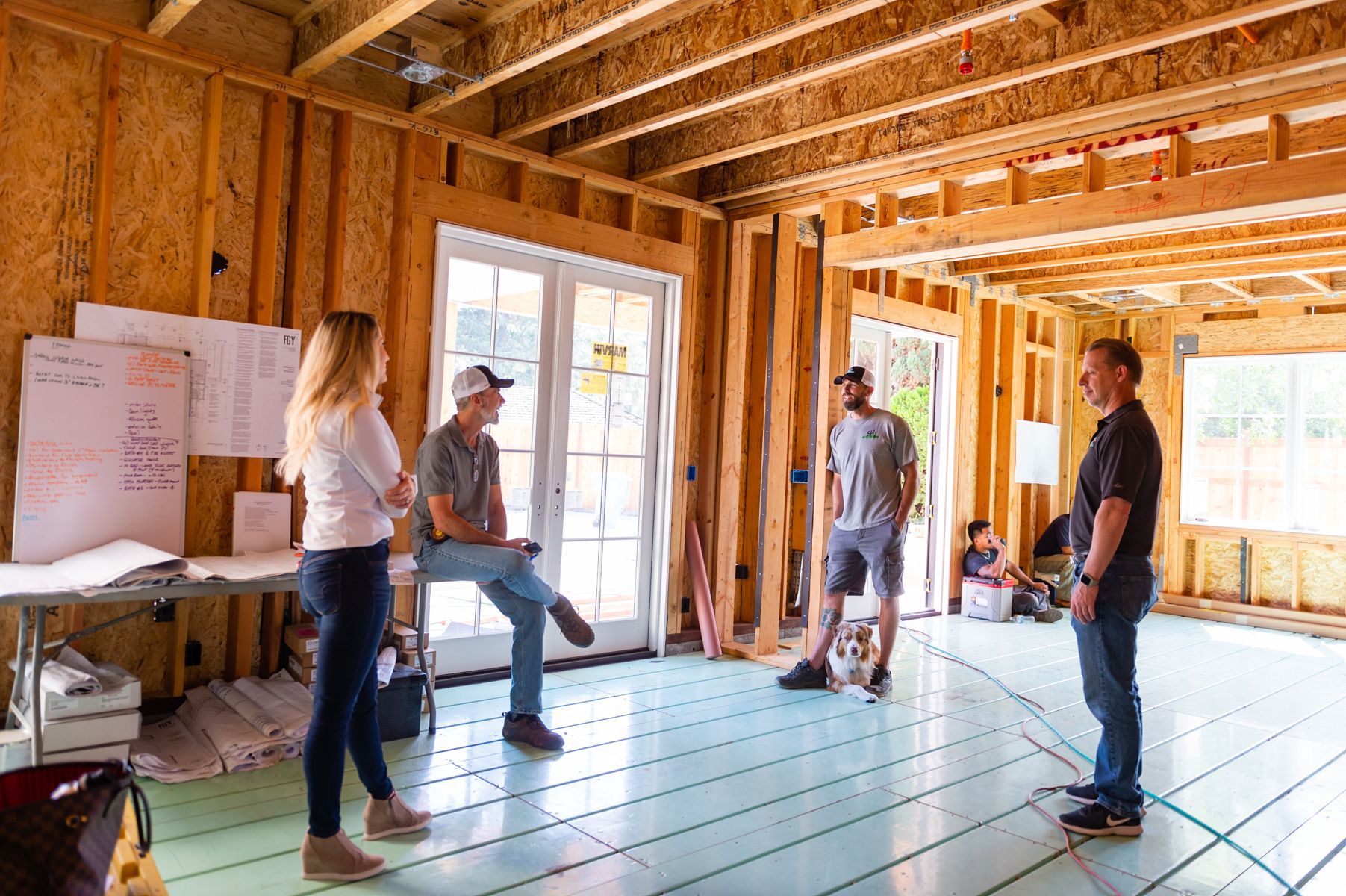

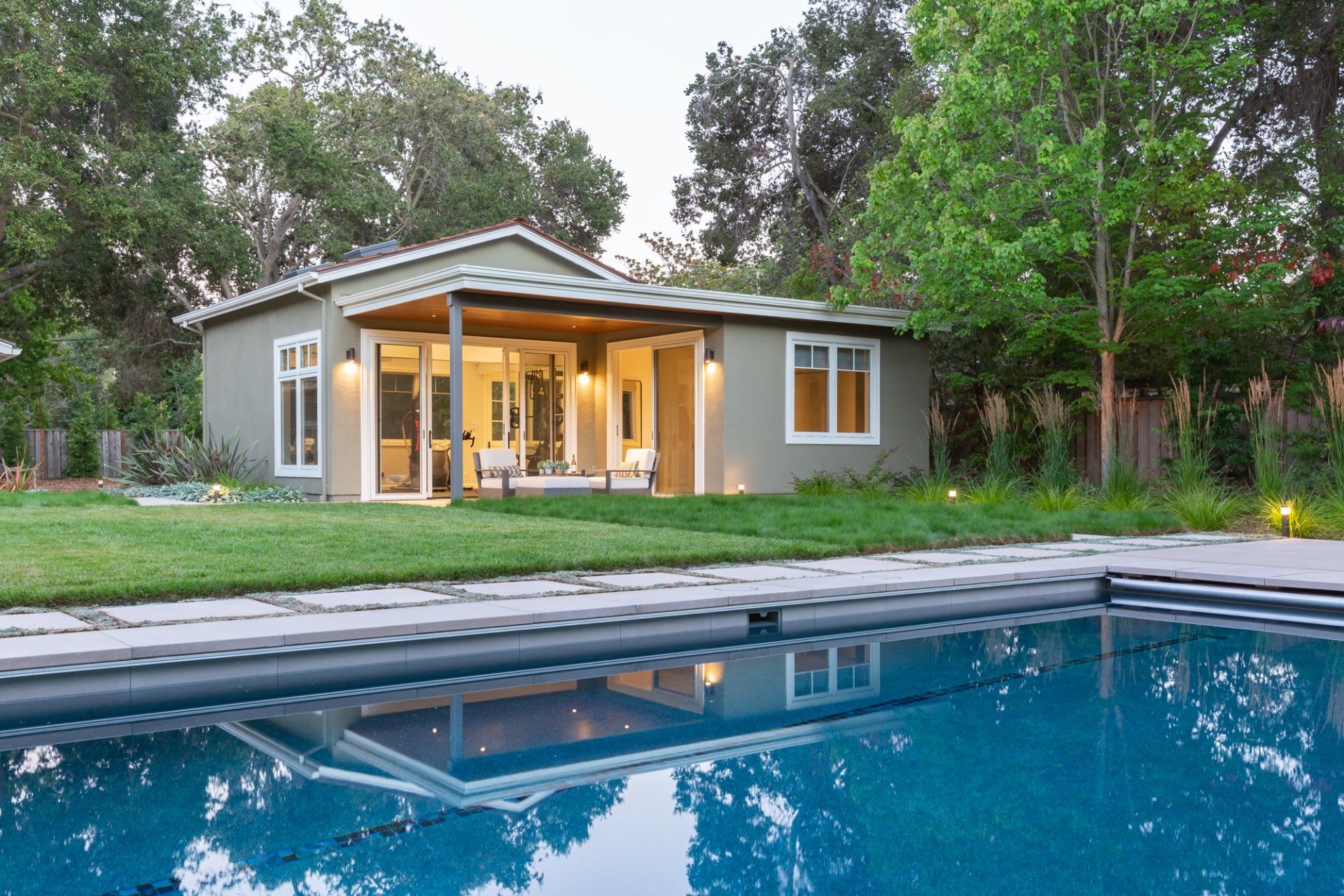
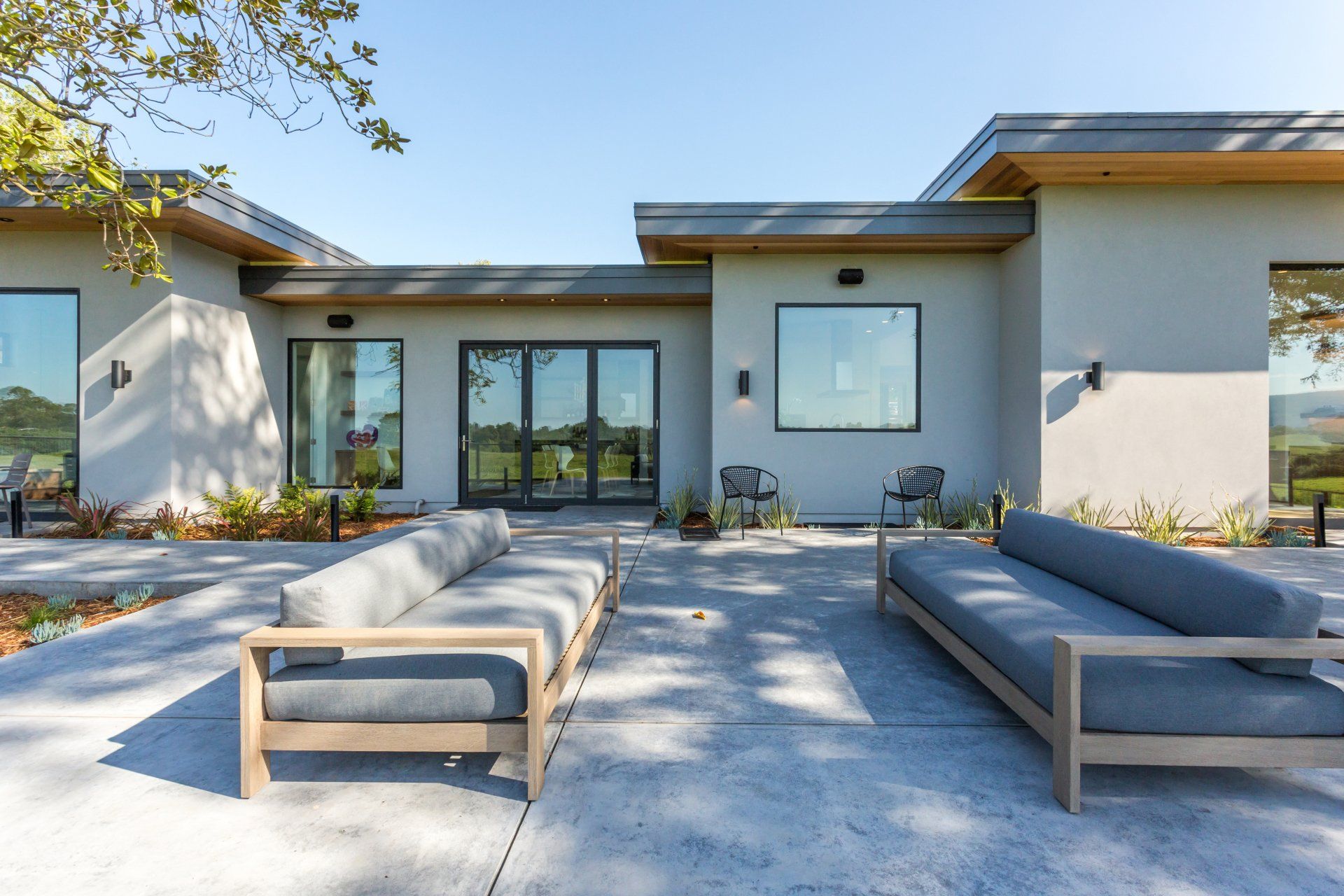
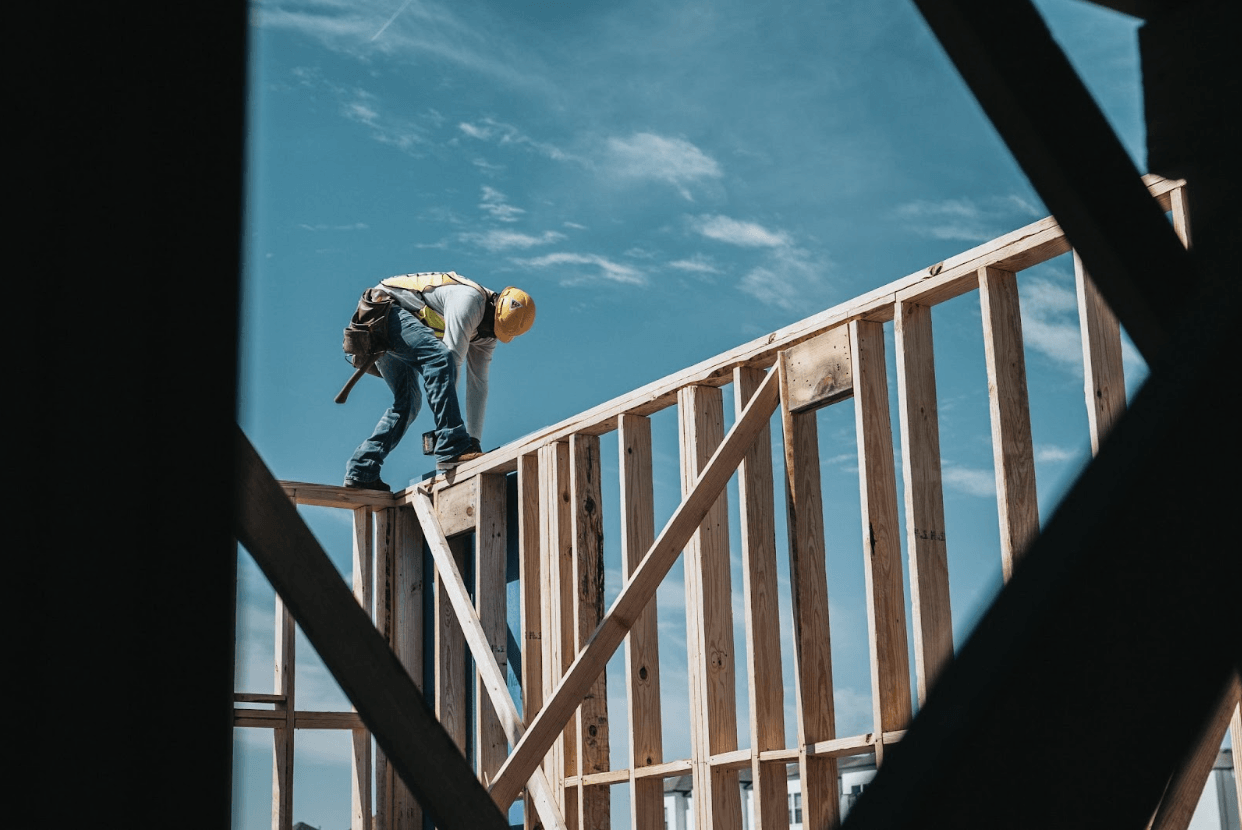

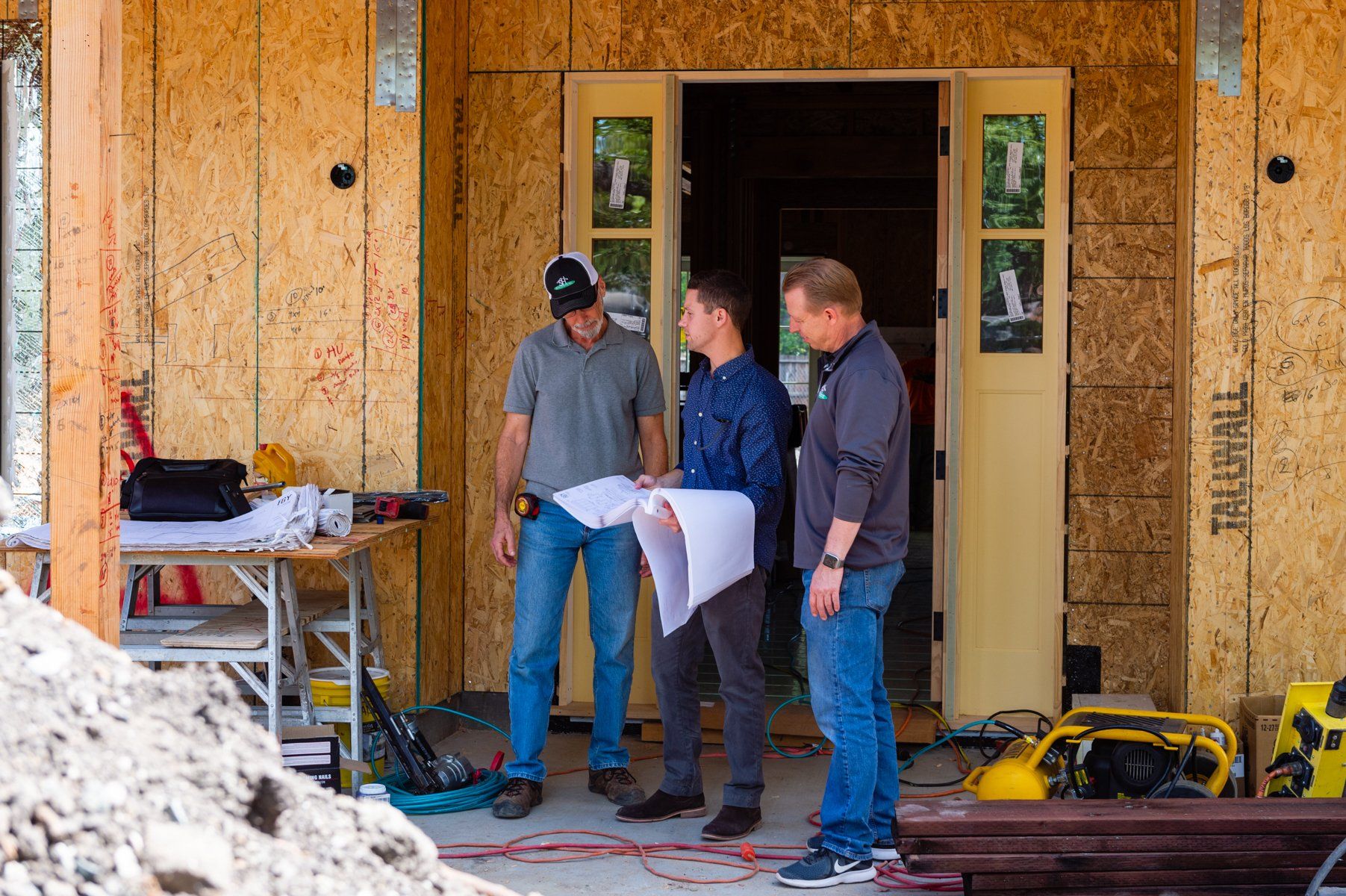
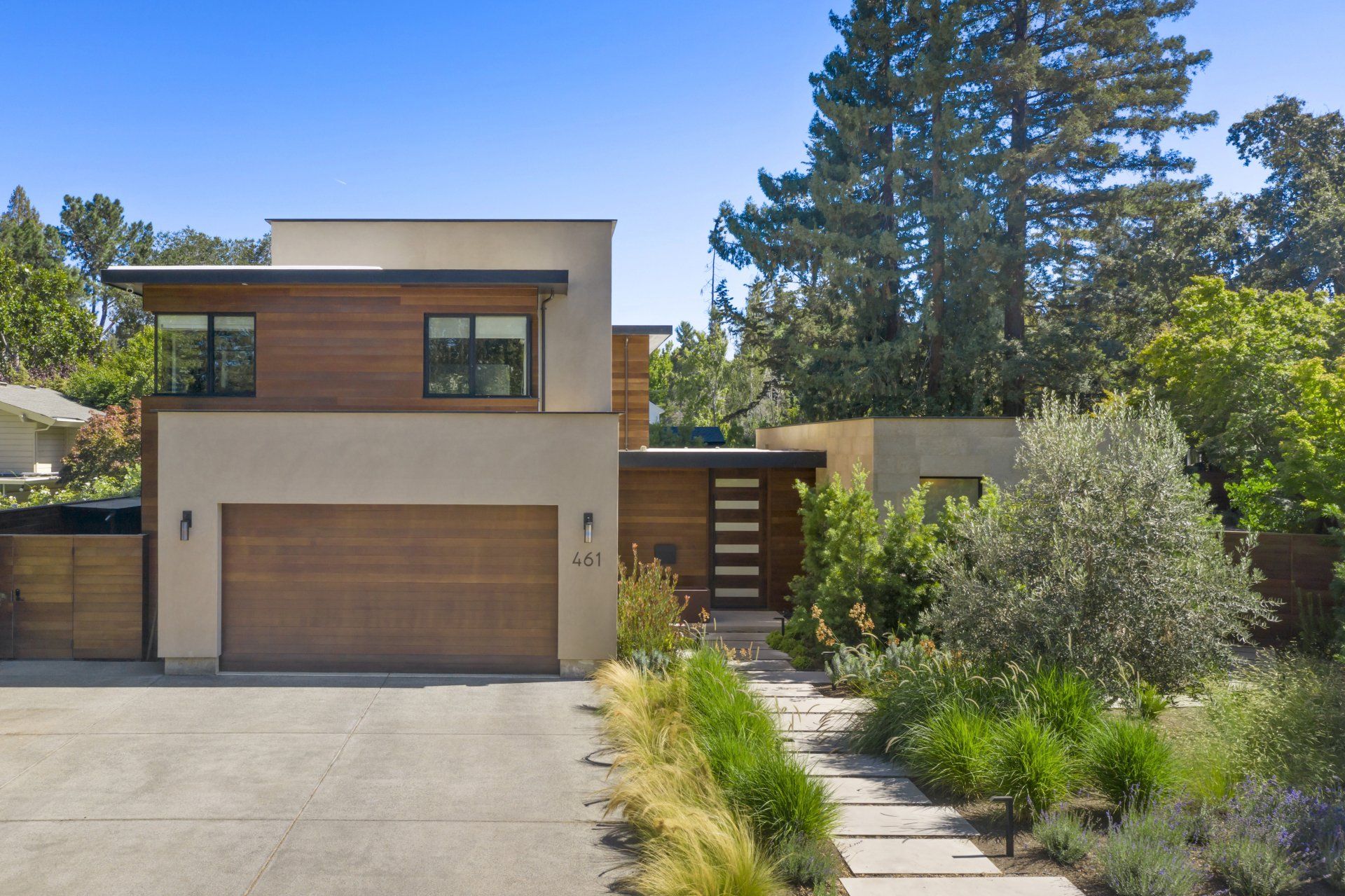
All Rights Reserved | Supple Homes Inc
All Rights Reserved | Supple Homes Inc
SUBSCRIBE TO OUR NEWSLETTER:
Newsletter Sign Up (Footer)
We will get back to you as soon as possible.
Please try again later.


